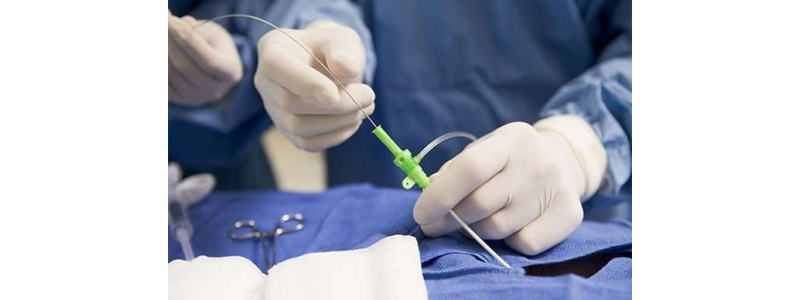
It is a method used to determine the disease of arteries feeding heart.Coronary angiography also detects how narrowed or blocked the arteries of the heart-feeding arteries.
It determines the stenosis or obstruction of the heart vessels and allows the treatment to be directed as required.In the coronary angiography, the groin or arm arteries are used as an interventional site. The artery at the site of the intervention is first placed with the sheath, using this catheter, different vessels are displayed with the opaque substance (painted substance) given to the beginning of the heart vessels. Coronary angiography is performed in specially deployed angio rooms. After the operation is finished, the sheath is removed from the arterial artery at the site of the procedure and pressure is applied to the site to stop the bleeding. After the tight bandage is done, the patient is taken to bed. Coronary angiography is completed 20 to 30 minutes after the patient is taken to the angioedema. In some cases (such as patients with bypass, patients who have undergone different cardiac surgeries, or patients with obstruction of the groin or arm veins, etc.) this time may be prolonged. For coronary angiography, admission to the hospital is necessary. After the procedure is completed, the patient is allowed to rest for 6 hours and then is allowed to stand up. If the general condition is favorable and your doctor approves, you will be discharged. In some cases, the stitching system can be used after the sheath is pulled. These patients can be discharged earlier.